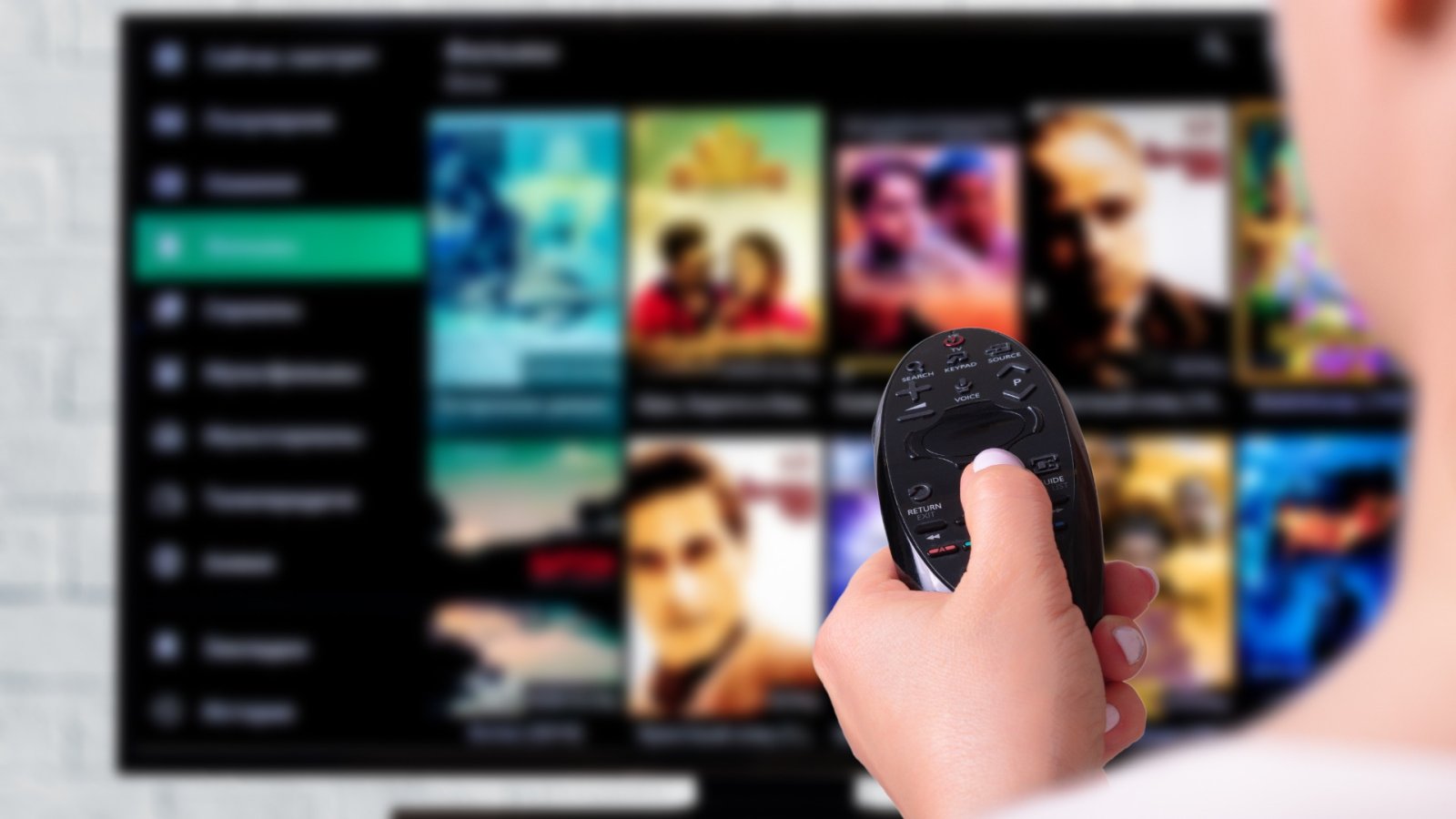While most of us are loyal to our go-to movie streaming service, no single platform can offer every film we want to watch. Titles are constantly moving between services as exclusive licensing deals expire.
This reality can be frustrating for viewers who want easy access to their favorite films. But there are business reasons why the platforms battle over content in this way. The modern streaming era began in earnest in 2018. That's when services like Netflix and Hulu started competing aggressively for subscribers by securing exclusive rights to popular shows and movies. This sparked the dawn of the "streaming wars."
Fans got a taste of the instability to come when beloved series like Friends were at risk of leaving Netflix. Since then, viewers have experienced the disappointments of titles expiring from their main service, like when The Office departed Netflix. Understanding the economic forces driving platforms' licensing decisions can help explain why our watchlists are sometimes at the mercy of short-term copyright contracts between distributors and streamers.
The streaming landscape has undergone rapid changes in recent years. Following Disney+ in 2019, services like HBO Max, Peacock, and Paramount+ launched aiming to compete. This led to further fragmentation as media companies pulled back content to power their platforms. Understandably, networks want to profit directly from subscribers rather than licensing fees.
However, the viewer experience has grown more complicated. Keeping tabs on which services offer preferred shows and movies, and whether another subscription is worthwhile, can test consumers. While password sharing between friends helps with costs, services now limit simultaneous streams.
When choosing a movie streaming service, content and cost are obvious priorities. But other factors distinguish platforms:
Number of streams - Most major services allow 2+ simultaneous streams on different devices with one account. Large families or friend groups sharing login details should select options with 3+ streams or an "unlimited" add-on for an extra fee.
Video quality - Higher resolutions like 4K offer crisper picture quality, while lower options may suffice for some. Check maximum resolution per platform.
Downloads - Mobile access requires download options for offline viewing. Consider each service's policies on downloads per title and device limits.
Library depth - Beyond sheer film count, evaluate depth across genres, eras, and languages. Rotating selections means some focus on new vs. catalog titles.
User experience - Intuitive interfaces and features like customized profiles enhance the viewing experience. Compare navigation, search tools, and personalized recommendations.
Factor in what matters most like streaming allowance flexibility, visuals, and content selection tailored to your interests when assessing the best fit. Consider combined services for maximum access. Then, you should also consider:
Trial Periods - Most services provide a free trial, usually one week or more, to demo the full library before committing funds. This allows for testing video quality, browsing content selections, and evaluating the user interface.
Video Resolution - Those satisfied with HD may not need 4K or HDR capabilities. However, others prioritize the highest-quality visuals. Support for these premium formats varies between services and plans and requires sufficient internet speeds. Netflix and HBO Max only include 4K/HDR with higher tier subscriptions, for example.
System Requirements - In addition to platform-specific resolution options, other technical factors like playback devices and network bandwidth impact the viewing experience. Services with flexible compatibility across different screens and connections provide more seamless access.
Device Compatibility - Streaming platforms need wide access across various screens to attract and retain subscribers. Services that work only on a narrow range of devices will understandably face adoption challenges. While new entrants sometimes encounter initial integration issues, major services now reliably support the interfaces of smart TVs from leading brands as well as top streaming media players like Roku and Fire TV. Compatibility is also standard across mobile (iOS and Android) and game consoles.
Customers want frictionless viewing anywhere, so checking a service's device coverage is prudent. However, most major movie platforms have addressed this concern by ensuring widespread accessibility to mainstream living rooms and handheld technologies. Limited compatibility was more common for debuting services but tended to improve within the first few months as bugs were addressed.
Consumers can feel confident that a subscription will deliver content across a wide variety of interfaces if they choose from established leaders in the streaming space. Device compatibility is a baseline requirement met by all prominent options today.






